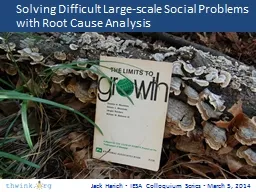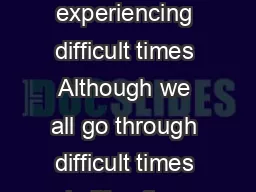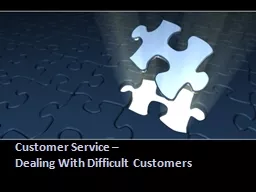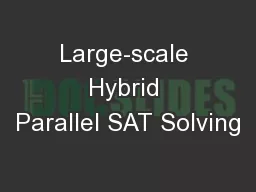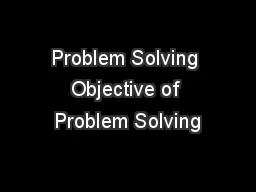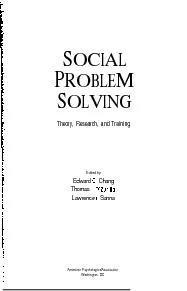PPT-Solving Difficult Large-scale Social
Author : faustina-dinatale | Published Date : 2016-10-14
Problems with Root Cause Analysis 1 Jack Harich IESA Colloquium Series March 5 2014 Present methods are not working Largescale Social Problems Solved Not Solved
Presentation Embed Code
Download Presentation
Download Presentation The PPT/PDF document "Solving Difficult Large-scale Social" is the property of its rightful owner. Permission is granted to download and print the materials on this website for personal, non-commercial use only, and to display it on your personal computer provided you do not modify the materials and that you retain all copyright notices contained in the materials. By downloading content from our website, you accept the terms of this agreement.
Solving Difficult Large-scale Social: Transcript
Download Rules Of Document
"Solving Difficult Large-scale Social"The content belongs to its owner. You may download and print it for personal use, without modification, and keep all copyright notices. By downloading, you agree to these terms.
Related Documents

